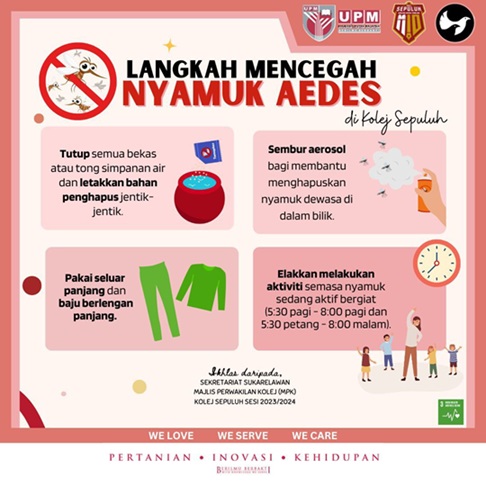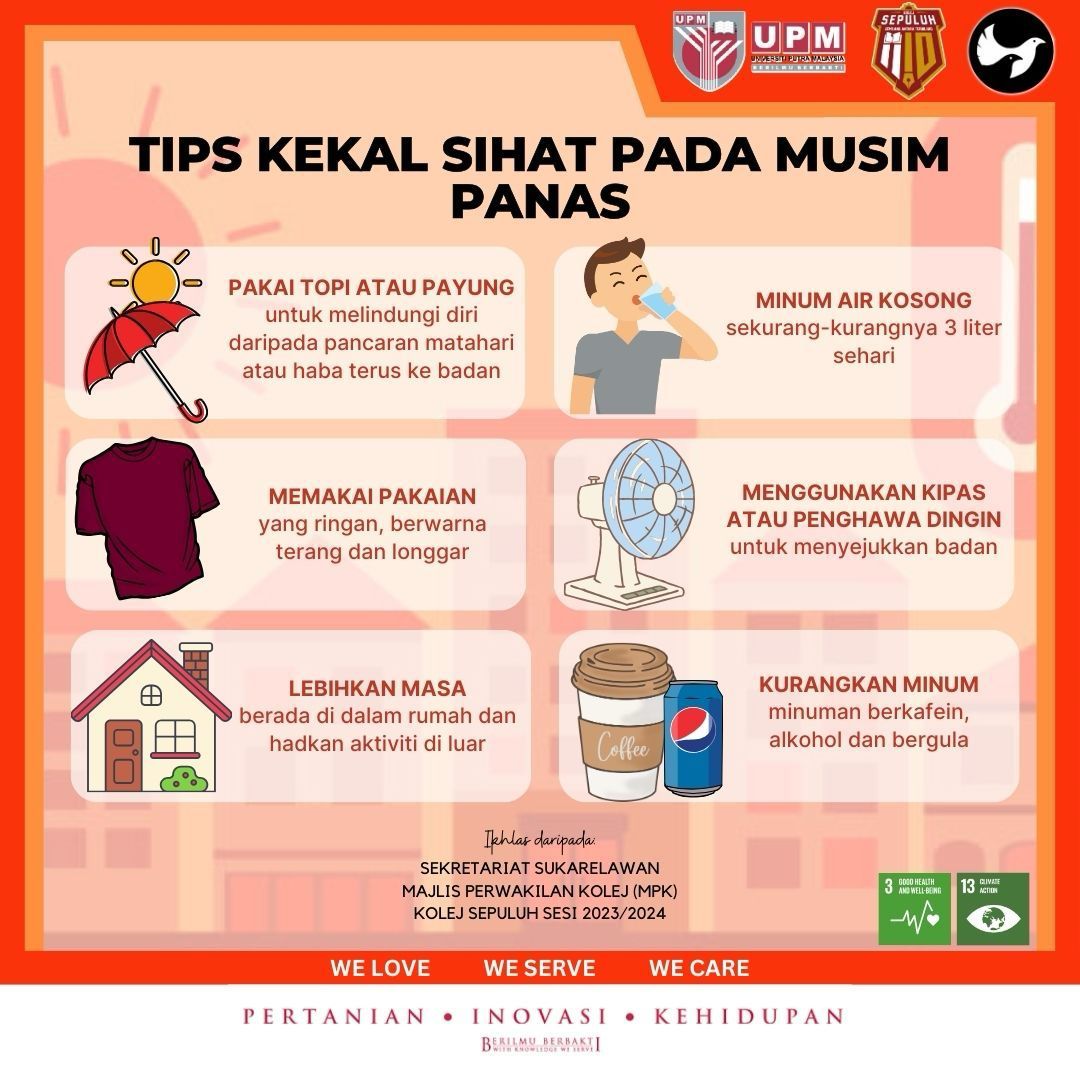Hand, Foot, and Mouth Disease (HFMD) is a highly contagious illness that primarily affects infants and young children. Although it is generally a mild condition, HFMD can cause discomfort and inconvenience for those affected. Understanding the symptoms, treatment options, and preventive measures can help individuals and communities effectively manage and minimize the spread of HFMD.
Symptoms of HFMD:
HFMD is caused by a group of viruses known as enteroviruses, most commonly the Coxsackievirus. The typical symptoms include:
- Fever: A high temperature, often exceeding 101°F (38.5°C).
- Sore throat: Painful throat and difficulty swallowing.
- Mouth sores: Red spots or ulcers develop on the tongue, gums, and inside of the cheeks.
- Rash: Small blisters or red spots may appear on the palms of the hands, soles of the feet, buttocks, and sometimes on the knees and elbows.
Treatment for HFMD:
As a viral infection, HFMD does not have a specific cure. However, treatment primarily focuses on alleviating symptoms and providing comfort. Here are some ways to overcome:
- Rest and hydration: Encourage the affected person to rest and drink plenty of fluids to prevent dehydration.
- Pain relief: Over-the-counter medications such as acetaminophen or ibuprofen can help reduce fever and alleviate discomfort. However, It is important to consult a healthcare professional, especially when dealing with severe symptoms or if the condition persists.
- Oral hygiene: Gargling with warm saltwater or using a mouth rinse can ease sore throat pain and promote healing.
- Topical treatments: Over-the-counter creams or ointments containing numbing agents can be applied to alleviate pain caused by mouth sores.
Prevention of HFMD:
Preventing the spread of HFMD is crucial to protect individuals, particularly infants and young children who are more susceptible to the virus. Here are some preventive measures to follow:
- Hand hygiene: Frequent and thorough handwashing with soap and water, especially after using the toilet, changing diapers, or coming into contact with potentially contaminated surfaces.
- Avoid close contact: Limit contact with infected individuals, including avoiding shared utensils, cups, and toys.
- Clean and disinfect: Regularly clean and disinfect frequently-touched surfaces and objects, such as doorknobs, toys, and eating places.
- Cover mouth and nose: Encourage individuals to cover their mouth and nose with a tissue or their elbow when coughing or sneezing to prevent the spread of respiratory droplets.
- Stay home: If an individual is experiencing symptoms of HFMD, it is advisable to stay home and avoid attending school, daycare, or other crowded places until they are no longer contagious.
Outbreak management:
In situations where HFMD outbreaks occur, particularly in schools or childcare settings, additional measures may be required. These can include:
- Temporary closures: Temporarily closing affected institutions to limit the spread of the virus and facilitate thorough cleaning.
- Awareness: Providing information to parents, caregivers, and healthcare professionals about the symptoms, prevention methods, and necessary precautions.
- Monitoring: Conducting active surveillance to identify and track cases, promptly isolating affected individuals, and implementing necessary control measures.
As a conclusion, HFMD is a common viral infection that primarily affects young children. While it is generally a mild illness, it can cause discomfort and inconvenience. By practicing good hygiene habits and taking necessary precautions, we can protect ourselves and our loved ones from this contagious disease.
Date of Input: 26/05/2023 | Updated: 26/05/2023 | rahiza
MEDIA SHARING





























